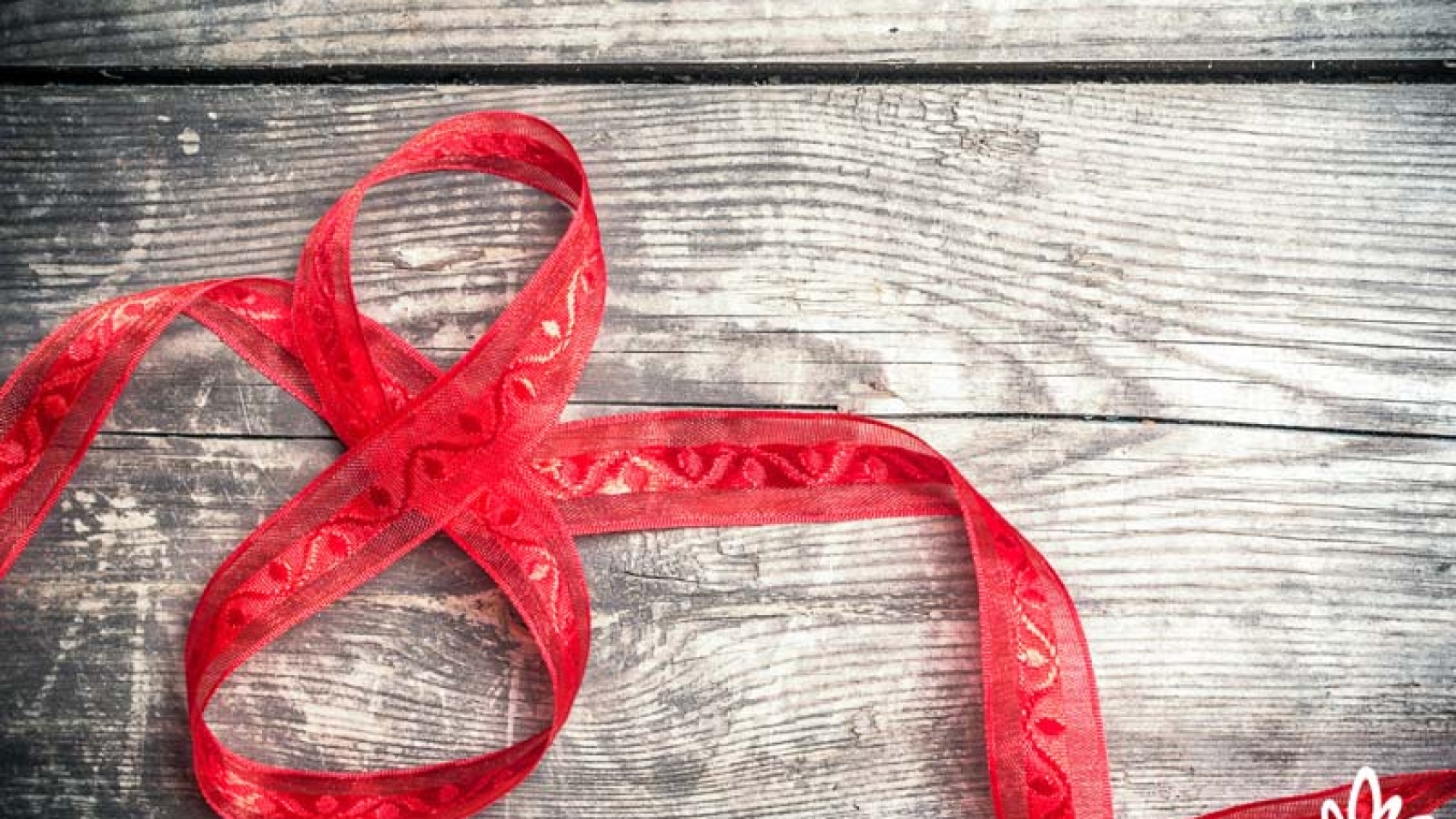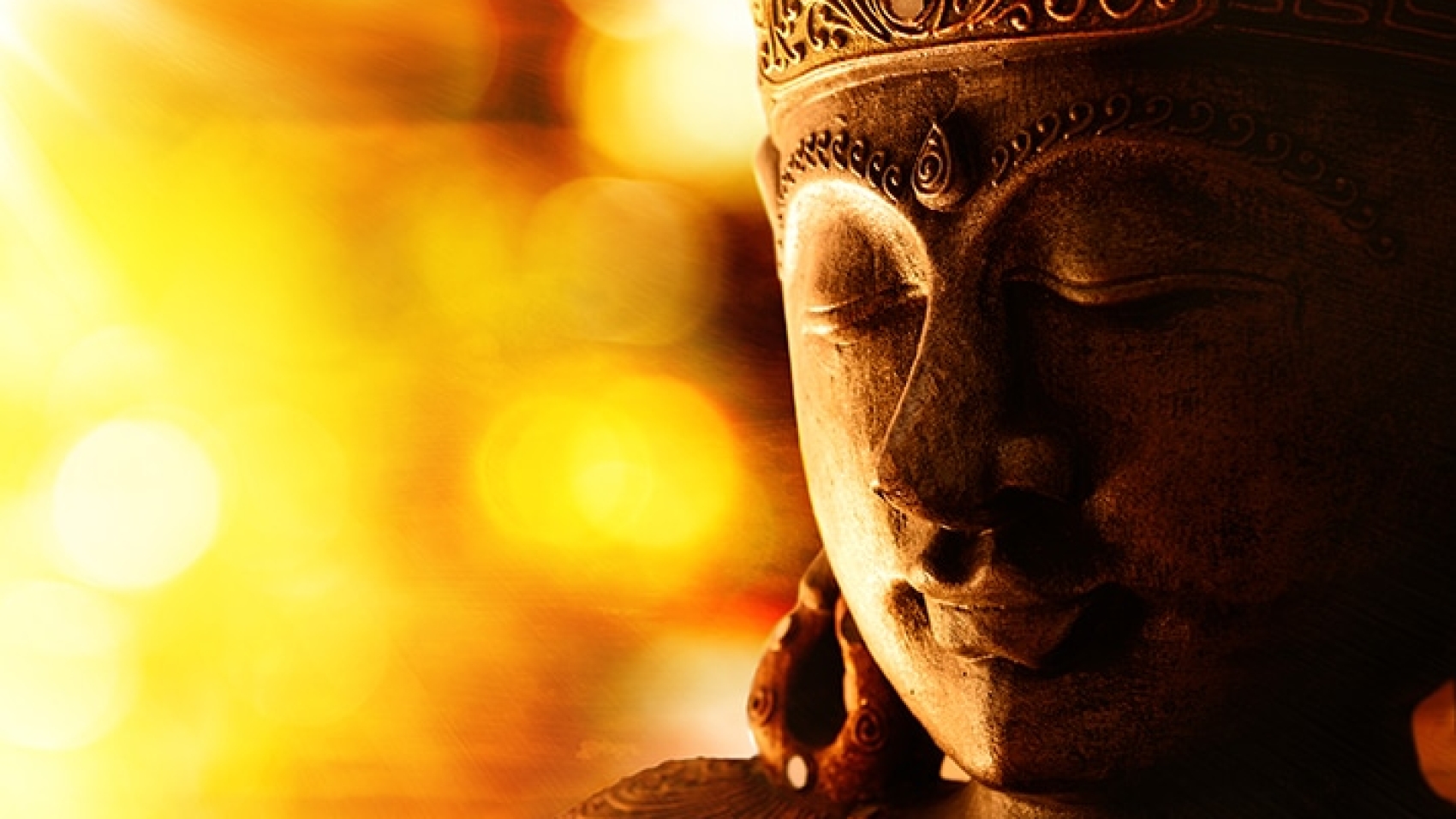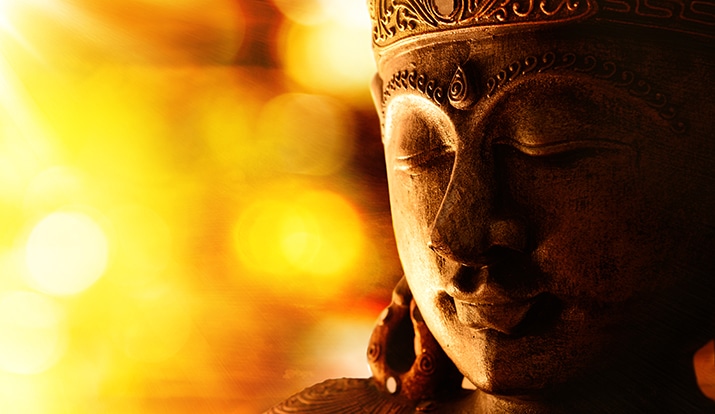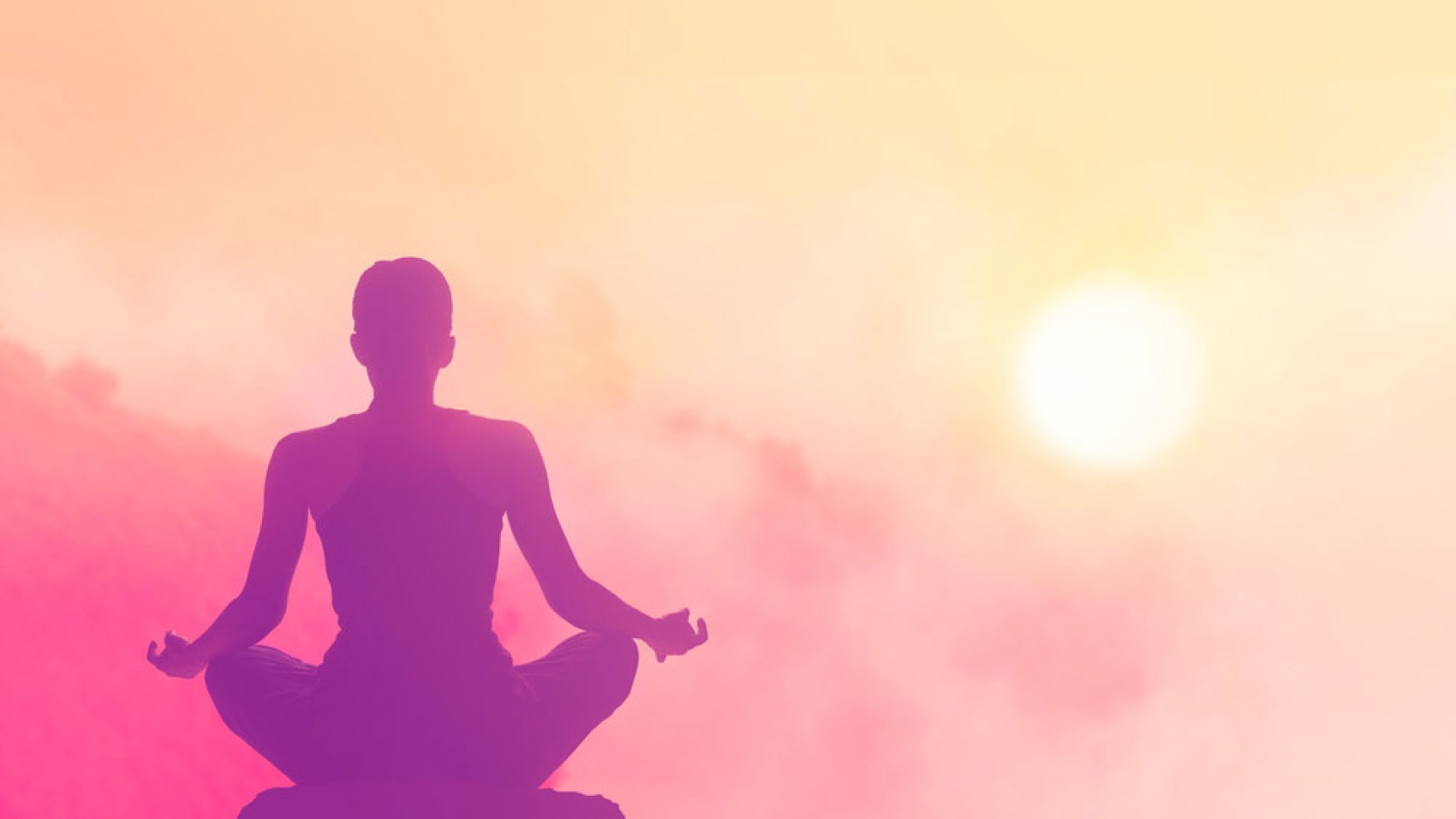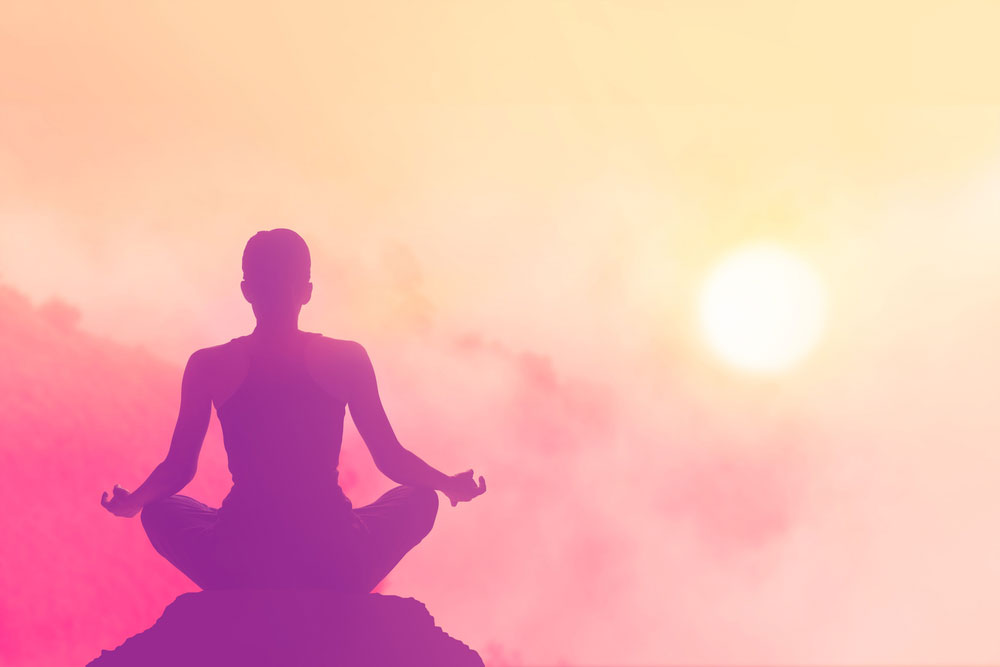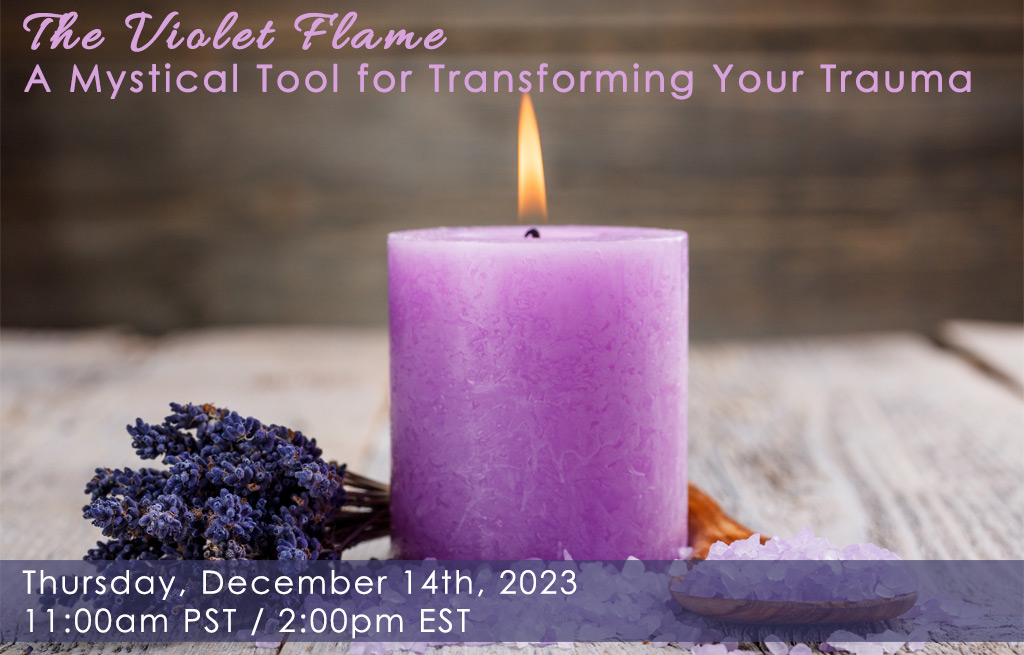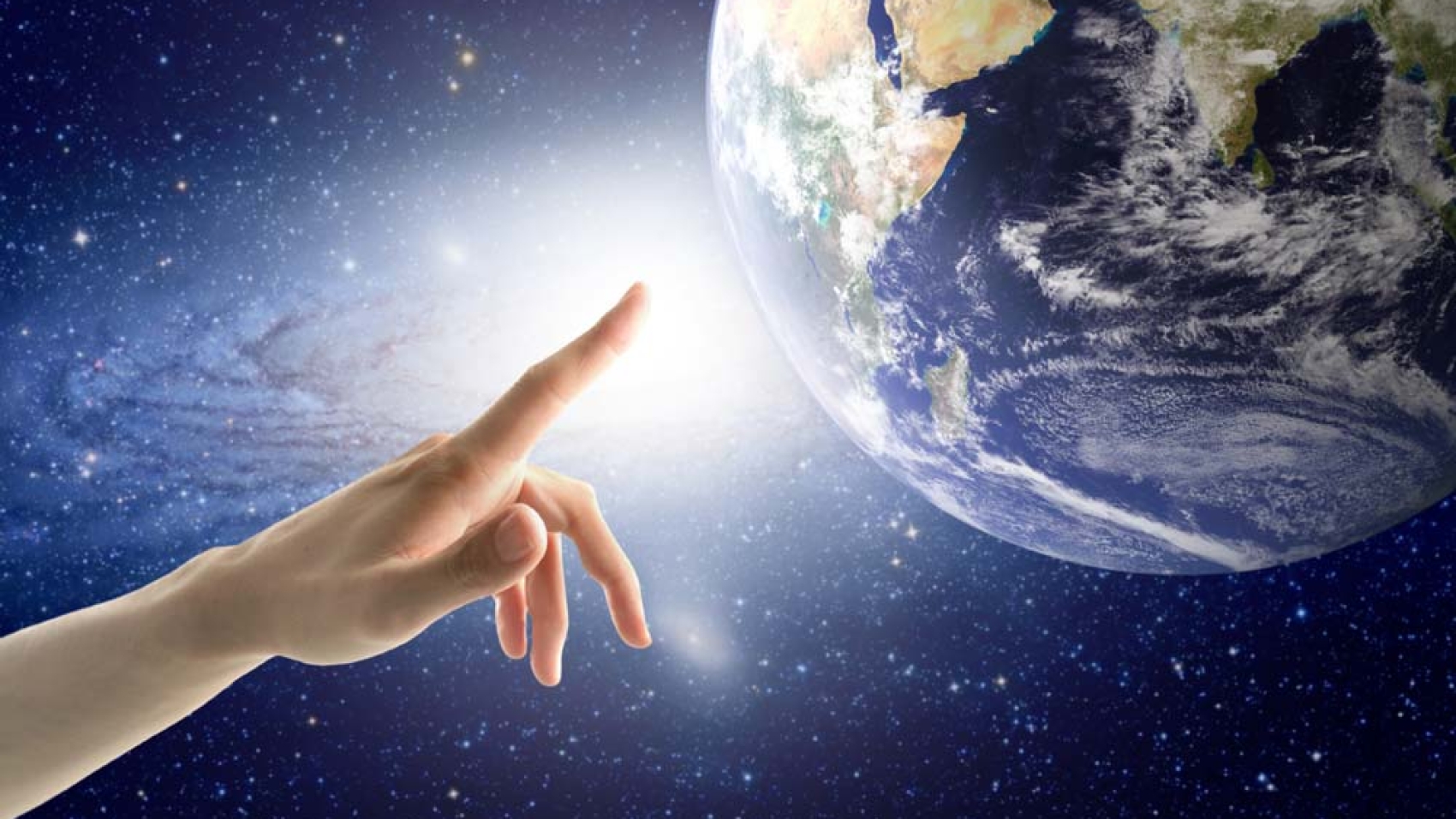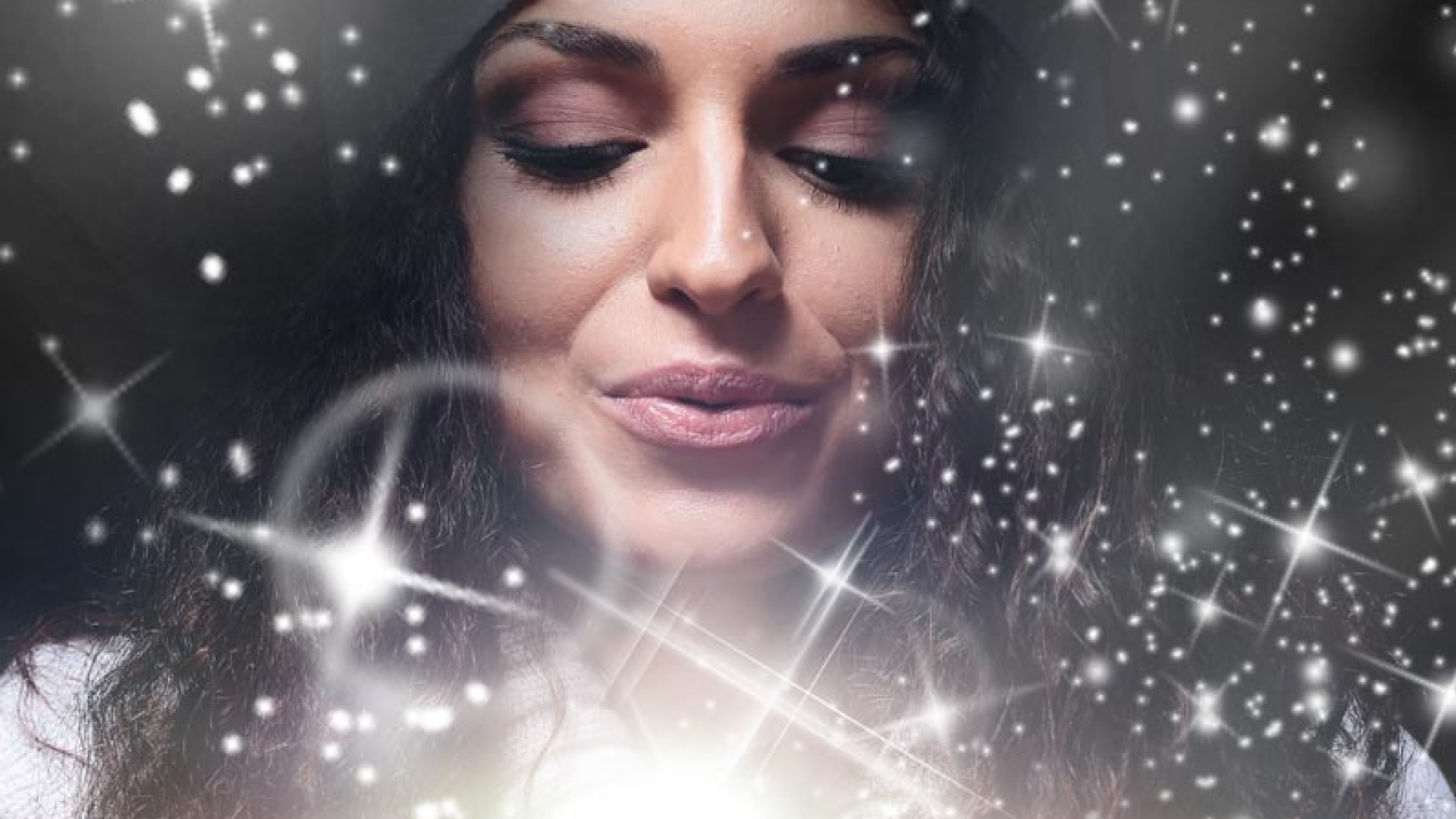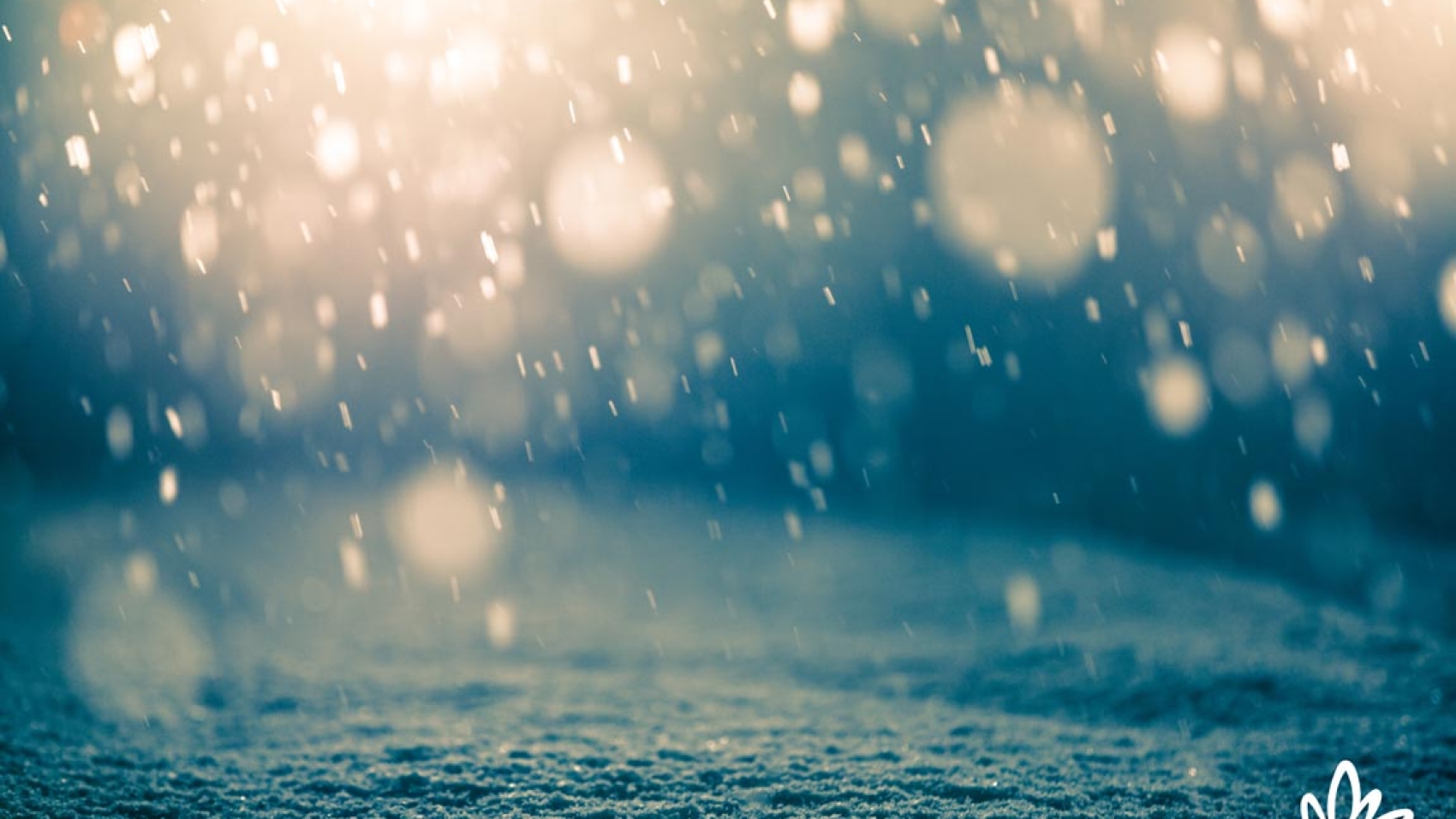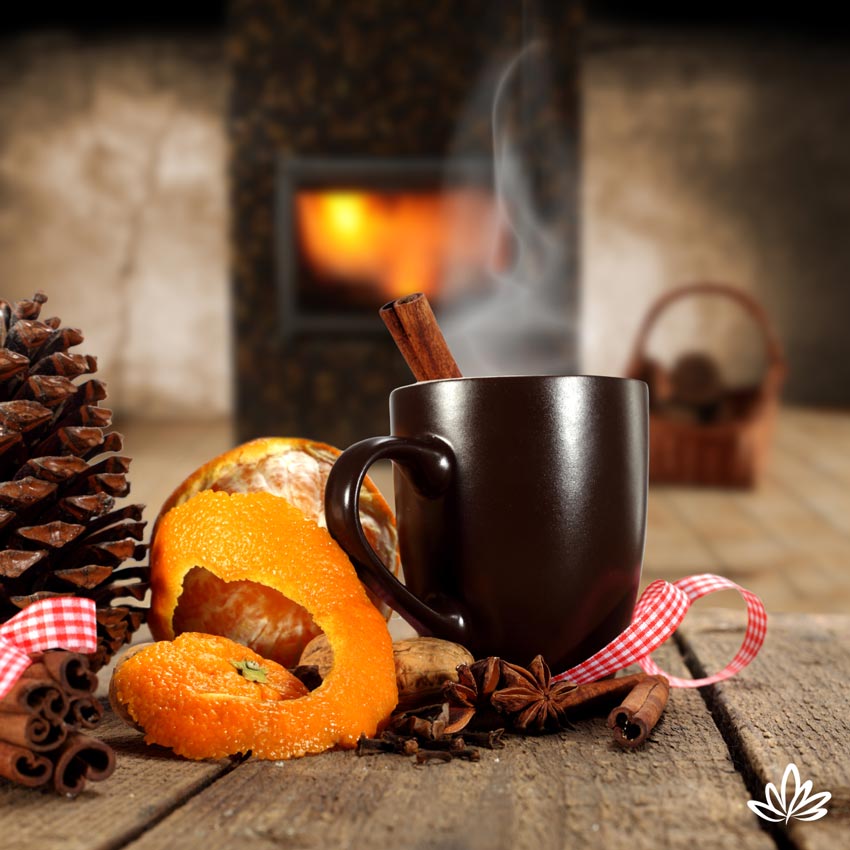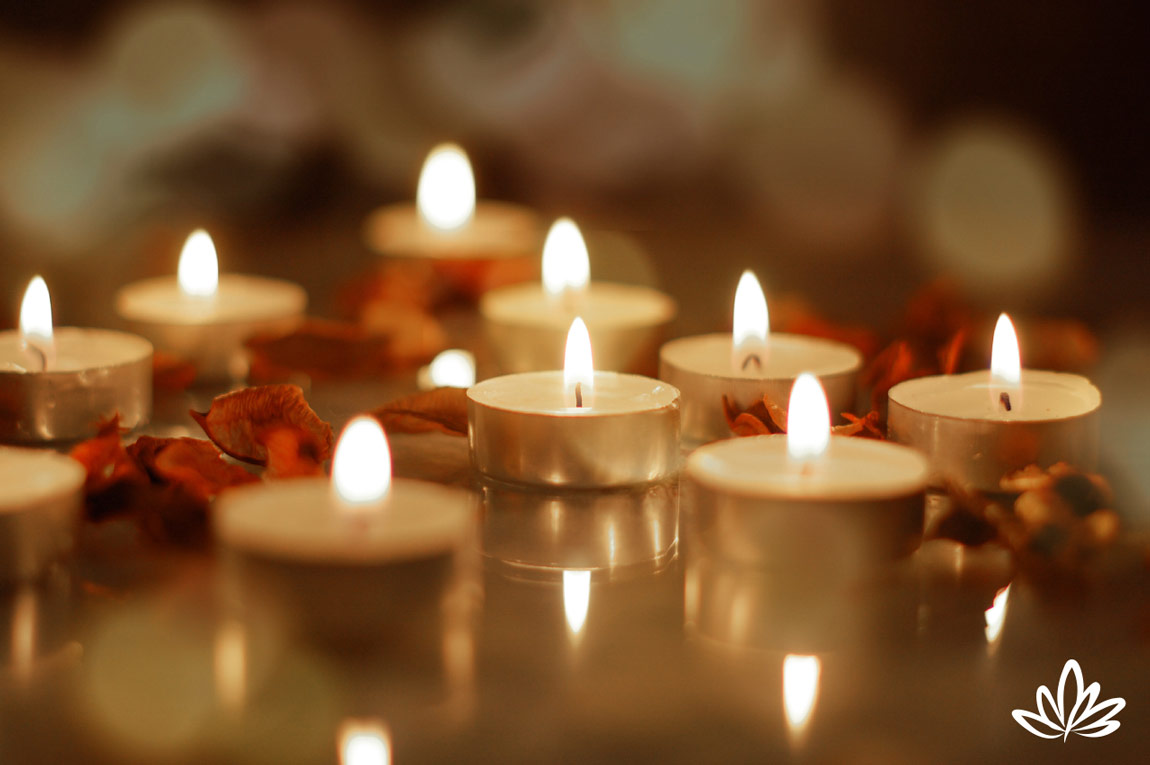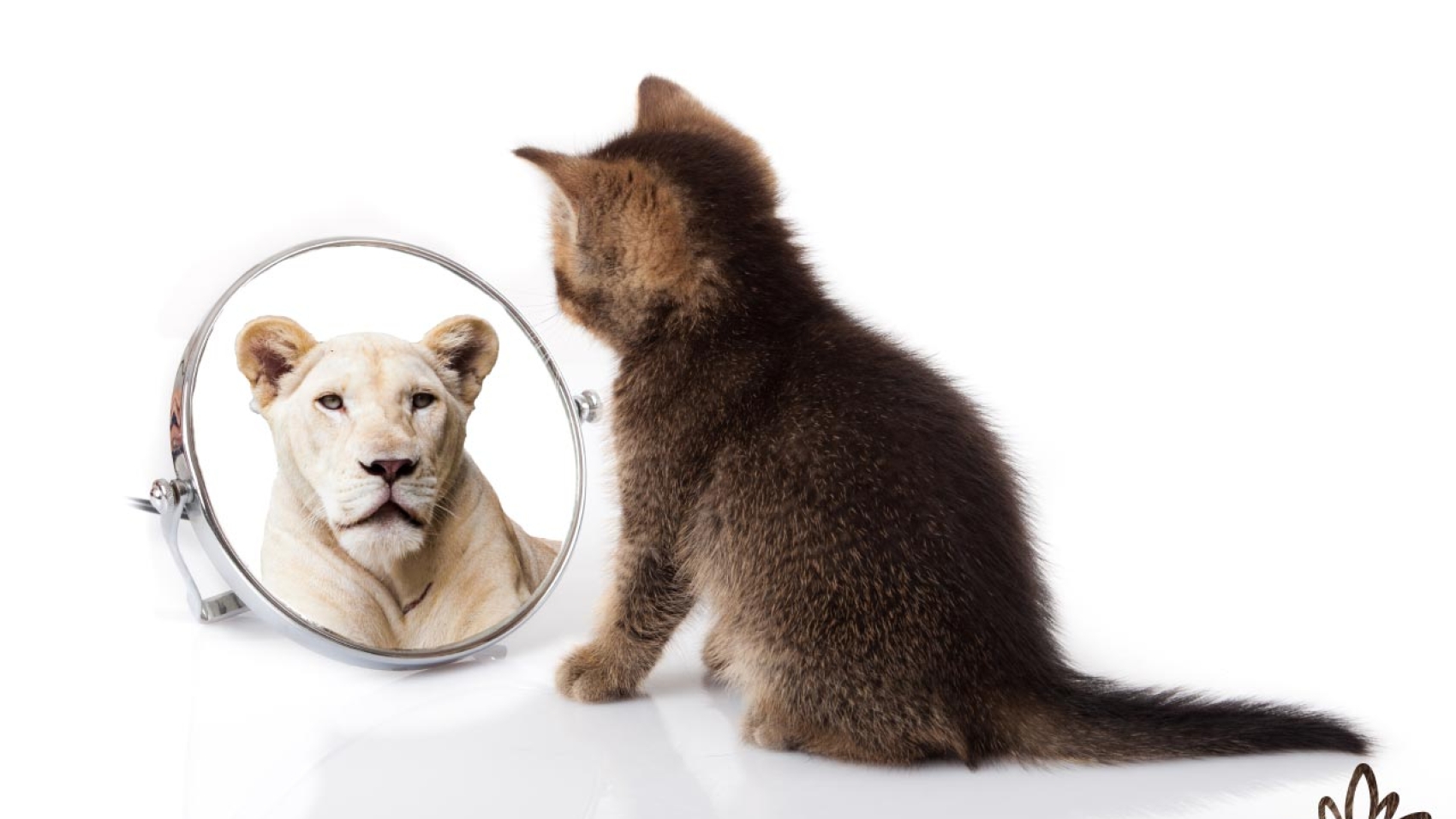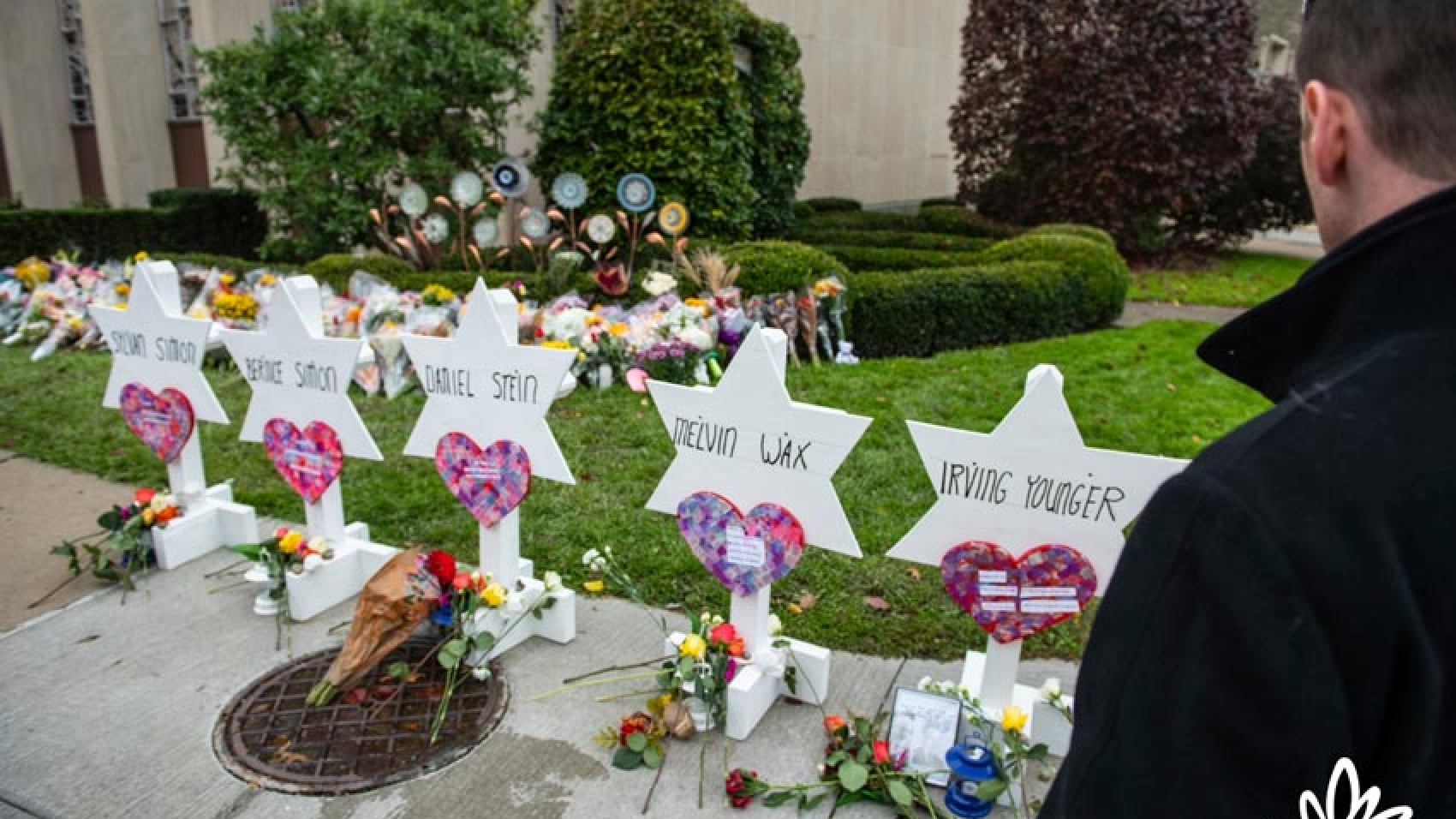8 Essential Questions for a Successful Relationship
It may be cold outside, but you could be enjoying the warmth of the fire of love this Valentine’s Day. If you are in a relationship, the more spiritually expanded you are, the better your intimacy will be. If you are seeking a relationship, your expansive, radiant self will attract the right person to you.
In the West, we believe in romantic love—that starry-eyed encounter between two people who come together with passion. You hope for “happily ever after,” although divorce rates are still around 50% for first marriages and even higher for subsequent marriages. FYI almost 70% of divorces are initiated by the woman.
You rejoice when love comes calling, or sigh over the failure of that knight on a white horse to materialize in your life. The highs and lows of romantic love, the gauzy world of bridal magazines and the terror of fatal attraction, are the movie plots we love to watch.
In the East, however, romantic love is just one of many different types of love. Language shows what’s important to us: the Eskimos have over 30 words for snow—a life-and-death matter for them. Sanskrit has 96 words for love; ancient Persian has 80. English has only one—one little four-letter word has to express everything from the love of ice cream to the love of country, from erotic love to motherly love to the love of the Divine. English plays down the importance of feelings and concentrates on action verbs; in the West, we think that what we do is more important than our ability to be with our feelings.
Because romantic love is only one of many types of love, what’s been more important than initial attraction in the East is compatibility. Over 5,000 years ago, the Vedic sages realized that Jyotish, Vedic astrology, could predict if two people were sufficiently compatible to establish a long-lasting relationship and guarantee, as much as possible, the stability of the family unit. These enlightened sages understood human nature, and they put far more importance on factors like emotional compatibility, basic temperament, mutual interests, and friendship, than on sexual attraction.
Even today, when “love matches” are more and more acceptable in the East, many still rely on astrological marriage charts to see if they’re making the right long-term choice.
When Vedic astrologers look at the charts of two people to see if their union would be a good idea or not, the first crucial aspect they look at is whether or not that couple will respect each other. Then they check on 36 different “wavelength” characteristics. (These all come from an ancient Jyotish text, the Prashna Marga.)
These “wavelengths” are based on eight criteria, in descending order of importance. As you read through these criteria, think of your own intimate relationship and imagine you and your partner’s chart are being compared.
- Are you sensitive to each other’s emotional needs?
- Are your basic natures compatible (values)? Is there an affinity between your temperaments?
- Do you have the ability to have a friendship based on mutual interests, likes and dislikes?
- Are you compatible in terms of attractiveness?
- Is the man’s presence comforting or threatening to the woman?
- Is there mutual affection?
- Are you sexually attracted to each other?
- Do you tend to help each other improve?
The ancient vedic astrologers skipped a few aspects of relationship that are important in today’s world, but were unknown in their day: do either want children, do they have political affinity, are they similar in socio-economic background, etc. These were factors that were unknown 5000 years ago when your prospective mate was always someone of your economic status and of the same religion.
The astrologer will also note the possibility of a harmful aspect of the planet Mars in the chart, which can make one partner far more assertive than the other. A modern Vedic astrologer looked at the unhappy marriage of the poet Sylvia Plath to Ted Hughes, which eventually led to Plath’s suicide at the age of 30. The most noticeable factor was that Ted measured five times more assertive than Sylvia based on the Mars aspect. He would have been far more powerful, and a Vedic astrologer would have told them to avoid marriage. It wouldn’t even have worked as a friendship.
Of course, marriages arranged through astrology seem archaic to most of us, who believe in “love marriages,” although most devout Hindus and many orthodox Jews still rely on arranged marriages. Some traditional African societies, royal families, and some Muslims have their own practices of arranged marriages. And who’s to say it’s wrong? Over half the marriages worldwide are arranged. And in India, where almost 90 percent of marriages are still arranged (often in a modern way that includes more choice), the divorce rate is only 1 percent.
I’m not advocating for arranged marriages. There are plenty of problems inherent in that practice, as in marriages for love. But it is interesting to examine how compatible you are with someone before you get involved in a serious relationship. Or if you’re having problems in your relationship, it could be helpful to look at the Vedic criteria to see what aspects are causing the trouble.
These days, more people are foregoing marriage than ever before. In 2017, 57.5 percent of Americans over the age of 18 were married, down from 72 percent in 1960. That means over forty percent of Americans are single. You think you’d at least be able to find a date!
Even if you’re dating steadily, you may not have found the one you want. And even then…
Here’s a teaching story from the Sufi tradition:
Mullah Nasrudin was sitting in a tea shop with his friend, who was excited because he was getting married soon. He asked Mullah, “Have you ever thought of marriage yourself?”
Nasrudin replied, “I did think of getting married. In my youth, in fact, I very much wanted to do so. I waited to find for myself the perfect wife. I traveled looking for her, first to Damascus. There I met a beautiful woman who was gracious, kind, and deeply spiritual, but she had no worldly knowledge. I traveled further and went to Isphahan. There I met a woman who was both spiritual and worldly, beautiful in many ways, but we did not communicate well. Finally I went to Cairo and there, after much searching, I found her. She was spiritually deep, graceful, and beautiful in every respect, at home in the world and at home in the realms beyond it. I felt I had found the perfect wife.”
His friend asked, “Then did you not marry her, Mullah?”
“Alas,” said Nasrudin. “She was, unfortunately, waiting for the perfect husband.”
So what can you do if you’re single and looking to find your perfect love? To help in your search for “the one,” you can simply open to love, especially love for yourself. The love you carry within, the love of your Higher Self that is connected to Source, is what attracts others to you. Lit from within, glowing with openness, compassion, and empathy, you can send a beacon of love out into the universe. And the one you are waiting for will hear your call.

